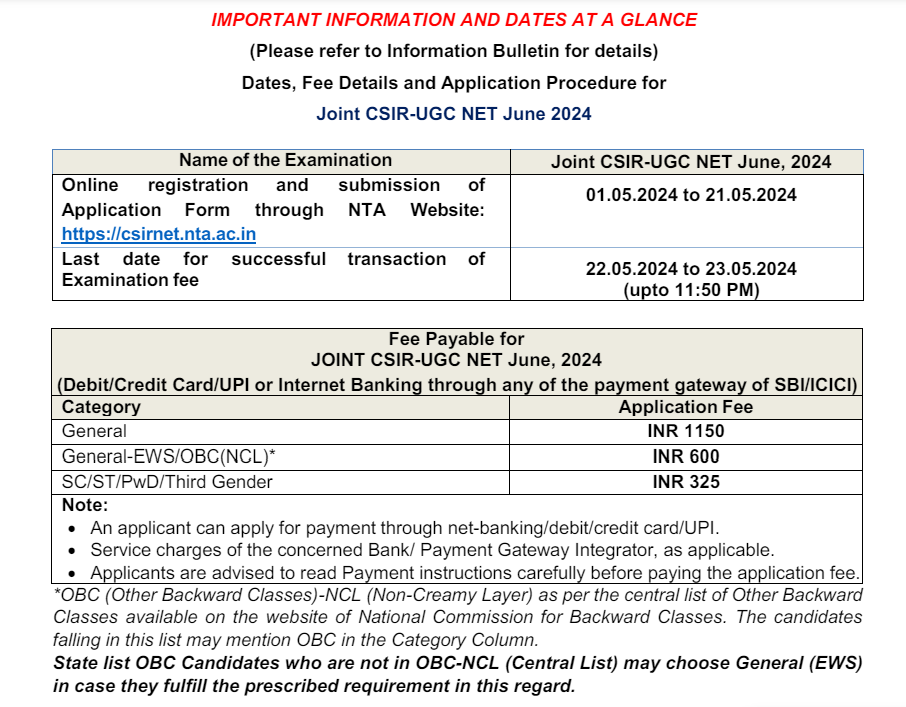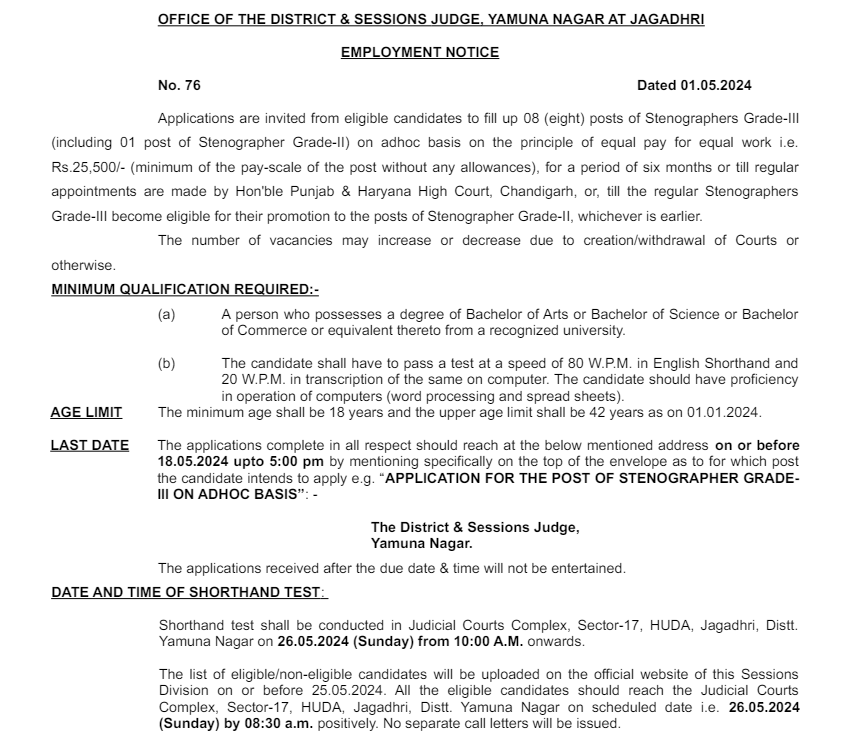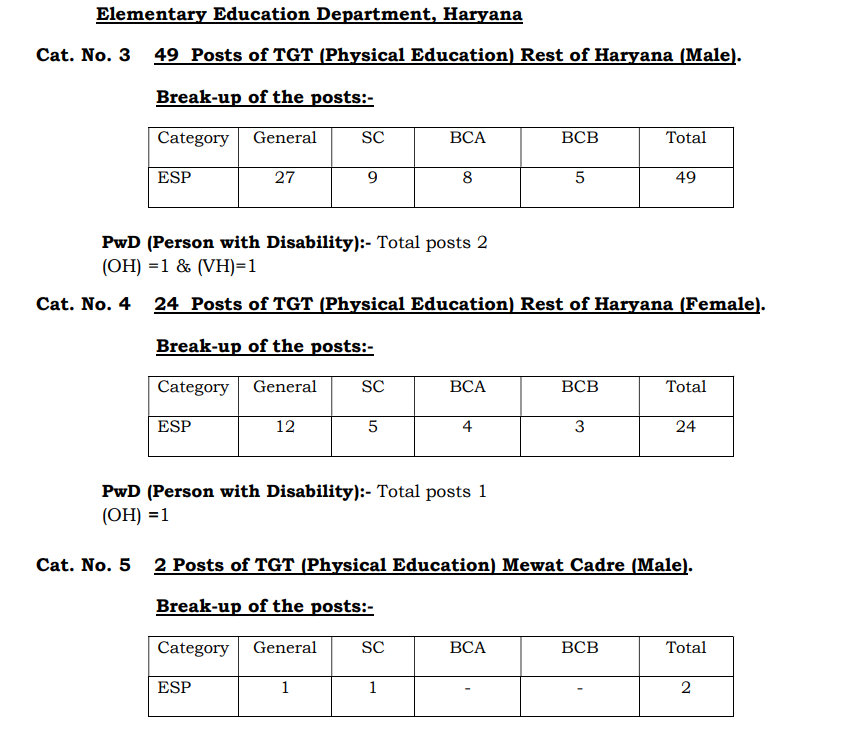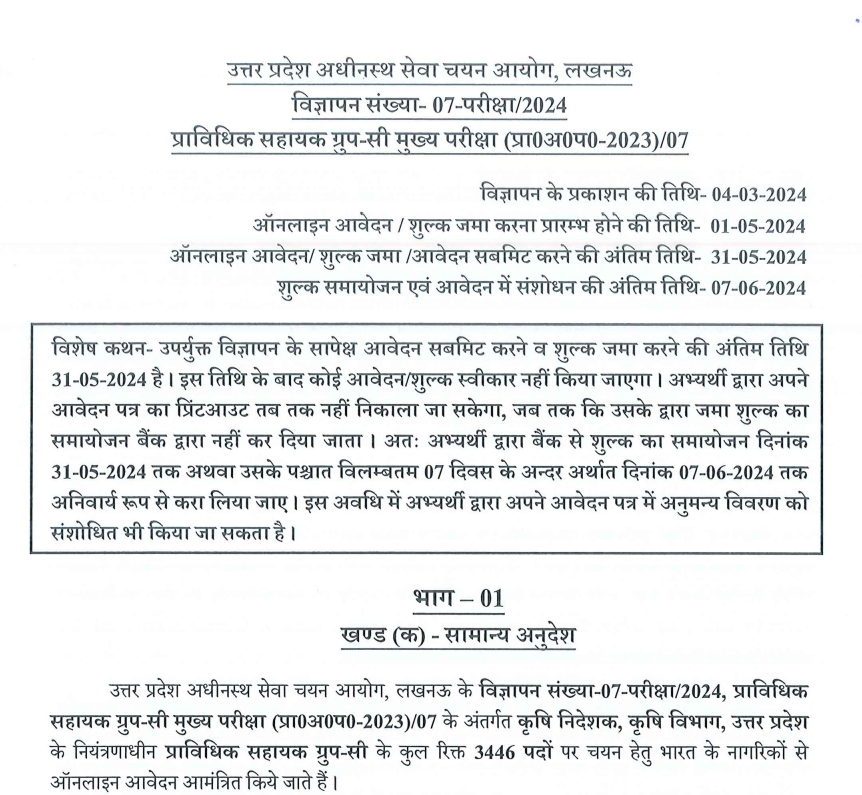POWER ELECTRONICS MCQ PART 1

Category –EE Online Test
Telegram-Join Us On Telegram
Attempt Free POWER ELECTRONICS MCQ PART 1 Here. Read The Important Electrical MCQ From Below.
POWER ELECTRONICS PART ONE
Instructions: Click the answer button to see the correct answer.
1. The typical value of SCR for modern alternator is
- 1.5.
- 1.0.
- 0.5.
- 1.2.
Answer: c
POWER ELECTRONICS MCQ PART 1
2. An SCR has half cycle surge current rating of 3000 A for 50 Hz supply. One cycle surge current will be
- 4242.64 A.
- 2121.32 A.
- 6000 A.
- 1500 A.
Answer: b
3. An SCR is considered to be a semi controlled device because
- it can be turned OFF but not ON with a gate pulse.
- it can be turned ON but not OFF with a gate pulse.
- it conducts only during one half cycle of an alternating current wave.
- it can be turned ON only during one half cycle of an AC.
Answer: b
4. A single phase one pulse controlled circuit has a resistance R and counter emf E load 400 sin(314 t) as the source voltage. For a load counter emf of 200 V, the range of firing angle control is
- 30° to 150°.
- 60° to 180°.
- 30° to 180°.
- 60° to 120°.
Answer: a
POWER ELECTRONICS MCQ PART 1
5. A single phase full bridge inverter can operated in load commutation mode in case load consist of
- RLC overdamped.
- RLC underdamped.
- RL.
- RLC critically damped.
Answer: b
6. A step up chopper has input voltage 110 V and output voltage 150 V. The value of duty cycle is
- 0.27.
- 0.32.
- 0.45.
- 0.26
Answer: d
7. Which statement is true for latching current ?
- It is related to turn on process of the device.
- It is related to turn off process of the device.
- all of these
- It is related to conduction process of device.
Answer: a
POWER ELECTRONICS MCQ PART 1
8. If holding current of a thyristor is 2 mA then latching current should be
- 0.004 A.
- 0.009 A.
- 0.002 A.
- 0.01 A.
Answer: a
9. In reverse blocking mode of a thyristor
- junction J2 is in reverse bias and J1, J3 is in forward bias.
- junction J3 is in forward bias and J1, J2 in reverse bias.
- junction J1 and J2 is in forward bias and J3 is in reverse bias.
- junction J1, J3 is in reverse bias and J2 is in forward bias.
Answer: d
POWER ELECTRONICS MCQ PART 1
10. In forward blocking mode of a thyristor
- Junction J1, J3 is in reverse bias and J2 is in forward bias.
- junction J2 is in reverse bias and J1, J3 is in forward bias.
- junction J3 is in forward bias and J1, J2 is in reverse bias.
- Junction J1 and J2 is in forward bias and J3 is in reverse bias.
Answer: b
11. Leakage current flows through the thyristor in
- forward blocking mode.
- reverse blocking mode.
- forward conduction mode.
- both forward and reverse blocking mode.
Answer: d
POWER ELECTRONICS MCQ PART 1
12. Which triggering is the most reliable?
- Thermal triggering.
- Forward voltage triggering.
- Gate triggering.
- dV / dt triggering.
Answer: c
13. Light triggering mainly used in
- low – voltage direct current transmission.
- high voltage direct current transmission.
- all of these.
- medium voltage direct current transmission.
Answer: b
14. In a P1N1P2N2 thyristor which layer is less doped ?
- P1
- N1
- P2
- N2
Answer: b
POWER ELECTRONICS MCQ PART 1
15. Let of a thyristor Vc1, Vc2, Vc3 are forward break over voltage for gate current Ig1, Ig2, Ig3 respectively. Then
- Vc1 > Vc2 > Vc3 when Ig1 > Ig2 > Ig3.
- All of these
- Vc1 = Vc2 = Vc3 any value of Ig.
- Vc1 > Vc2 > Vc3 when Ig1 < Ig2 < Ig3.
Answer: d
16. SCR will be turned off when anode current is
- both < latching current but greater than holding current and gate signal is 0 & less than holding current.
- < latching current but greater than holding current and gate signal is present.
- less than holding current.
- < latching current but greater than holding current and gate signal is 0.
Answer: a
17. After proper turn on of thyristor
- none of these
- gate signal is always present.
- gate signal must be removed.
- gate signal should present but can be removed.
Answer: c
POWER ELECTRONICS MCQ PART 1
17. Gate circuit or triggering circuit of a thyristor is
- magnetic circuit.
- lower power circuit.
- high power circuit.
- may be low power or high power circuit.
Answer: b
18. The latching current of SCR is 20 mA. Its holding current will be
- 40 mA.
- 60 mA.
- 10 mA.
- 23 mA.
Answer: c
19. Thyristor can be protected from over voltages by using
- voltage clamping device.
- heat sink.
- snubber circuit.
- fuse.
Answer: a
POWER ELECTRONICS MCQ PART 1
20. Example of a voltage clamping device
- aluminium block.
- metal oxide varistor.
- snubber circuit.
- fast acting fuse.
Answer: b
21. Under over voltage condition impedance offered by the voltage clamping device is
- low.
- infinity.
- moderate.
- high.
Answer: a
POWER ELECTRONICS MCQ PART 1
22. Under normal operating condition voltage clamping device offers impedance of
- low value.
- moderate value.
- zero value.
- high value.
Answer: d
23. What is used to protect the SCR from over current ?
- CB and fuse.
- Heat sink.
- Voltage clamping device.
- Snubber circuit.
Answer: a
24. CB used for over current protection of thyristor operates when the fault current is
- of long period.
- of short duration.
- neither
- both
Answer: a
POWER ELECTRONICS MCQ PART 1
25. When a large surge current of very short duration flows through a thyristor then which one of the following device will operate to protect the thyristor ?
- Fast acting current limiting device (FACL fuse).
- Voltage clamping device.
- Snubber circuit.
- CB.
Answer: a
26. How can we protect SCR from thermal conditions ?
- Using CB and fuse.
- Use of snubber circuit.
- Using equalizing circuit.
- Using heat sink.
Answer: d
POWER ELECTRONICS MCQ PART 1
27. Which of the following is used in heat sink?
- Carbon.
- Aluminium.
- Silver.
- Iron.
Answer: b
28. Materials used in heat sink should have
- large surface area.
- All of these.
- high thermal conductivity.
- high melting point.
Answer: b
POWER ELECTRONICS MCQ PART 1
29. What is used to protect a thyristor from high di / dt conditions?
- Inductor.
- Snubber circuit.
- Voltage clamping device.
- Fuse.
Answer: a
30. Which of the following is used in SCR to protect from high dV / dt?
- Snubber circuit.
- Fuse.
- Equalizing circuit.
- Circuit breaker.
Answer: a
POWER ELECTRONICS MCQ PART 1
31. What happen due to high di / dt?
- None of these.
- Insulation failure.
- Local hot spot.
- Breakdown of junction.
Answer: c
32. What may happen high dV / dt?
- Breakdown of J2 junction.
- Anyone of these.
- Both
- Unwanted turn ON.
Answer: c
33. Why resistor is used in Snubber circuit ?
- all of these
- To minimize the discharging current.
- To minimize the loss
- To minimize the charging current.
Answer: b
POWER ELECTRONICS MCQ PART 1
34. Snubber circuit is used with SCR
- in parallel.
- in series.
- either series or parallel.
- anti parallel.
Answer: a
35. Delay time is defined by the interval when
- all of these.
- anode current reaches 10 % from forward leakage current.
- anode voltage drops from 100 % to 90 % of its actual value.
- gate current increases from 90 % to 100 % of its final value.
Answer: a
36. Rise time is defined by the interval when
- both
- anode voltage drops from 90 % to 10 % of its initial value.
- none of these
- anode current rises 10 % to 90 % of its final value.
Answer: a
POWER ELECTRONICS MCQ PART 1
37. Spread time is defined as the interval during which
- anode current rises from 90 % to its final value.
- none of these
- anode current rises from 10 % to 90 % of its final value.
- anode voltage drops from 10 % of its initial value to zero.
Answer: d
38. Maximum power loss occurs during
- rise time.
- spread time.
- all.
- delay time.
Answer: a
POWER ELECTRONICS MCQ PART 1
39. The typical time of rising time lies between
- 40 – 60 µs.
- 1 – 4 µs.
- 10 – 20 µs.
- 90 – 100 µs.
Answer: b
40. During which time maximum conduction spreading take place in the thyristor during turn ON?
- Same for every case.
- Spread time.
- Delay time.
- Rise time.
Answer: b














